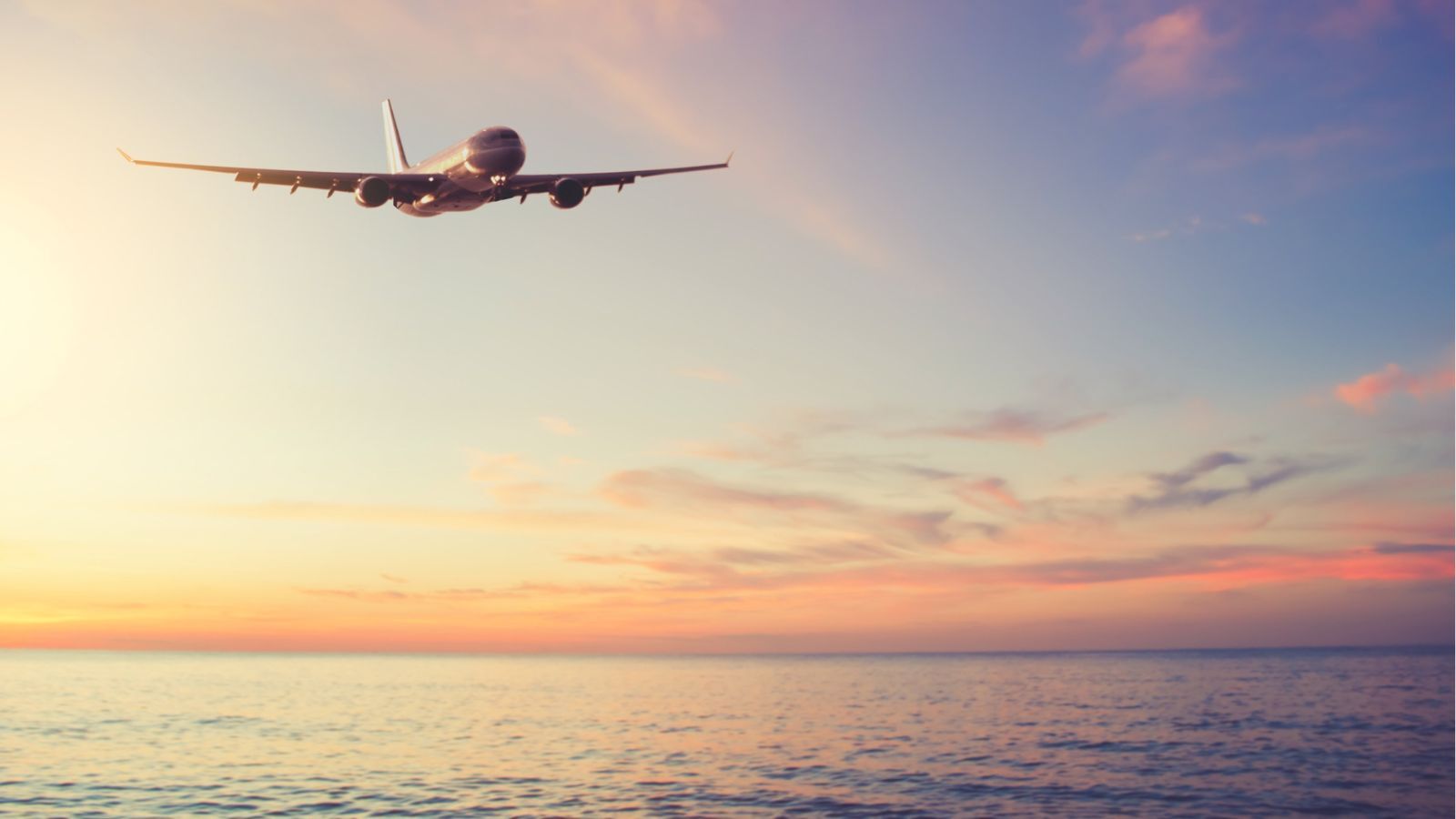In this blog, we explore the size and scale of one of the largest air markets in the world – the Transatlantic - using three charts powered by OAG’s schedules data.
Key Points About The Transatlantic Aviation Market:
- The transatlantic air market has grown 55% since 2010.
- New entrants to the market face high costs, slot scarcity, seasonality and the dominance of airline alliances.
- In Summer 2025, 49 airlines operated in the transatlantic market.
The transatlantic air market is the fifth-largest international air market in the world, and in the last 15 years has increased in size by 55%. Just five countries account for more than three-quarters of the market, with US carriers operating the largest share of capacity, at 34% in 2025. This has fallen from a peak of 40% back in 2010. Canadian carriers operate 16% of transatlantic capacity, whilst UK and German-based carriers account for 14% respectively. French airlines provide 11% of capacity on the transatlantic.
Have There Been New Entrants to the Transatlantic Airline Market?
The transatlantic market is attractive because of high passenger demand, but the dominance of powerful alliances, high costs, seasonality, and slot scarcity mean that new entrants rarely sustain operations long-term.
- Norwegian attempted a low-cost long-haul model operating on the transatlantic market but ended all long-haul operations in January 2021 due to the high fuel costs, competition from mainline carriers, and the lack of premium-class revenue.
- Norse Atlantic and JetBlue currently operate in niche segments of the market, with smaller scale and specialised offering.
Which Airlines Dominate the Transatlantic Market?
In Summer 2025, 49 airlines operated on this highly competitive market. The two largest carriers, United Airlines and Delta Air Lines, only held 12% market share each, demonstrating the fragmented but alliance-dominated nature of the market.
Why do incumbents dominate the transatlantic market?
- Membership in global alliances (Star Alliance, Oneworld, SkyTeam) enables the carriers to coordinate schedules, pricing and capacity.
- Their loyalty programmes lock in corporate travellers and frequent flyers.
- Control of the prime take-off/landing slots at hubs like Heathrow, JFK, or Paris CDG provides convenient, high-frequency schedules.
Why do new entrants struggle?
- Low-cost, long-haul models (e.g., WOW Air, Norse Atlantic, Norwegian Long Haul) face high fuel, crew, airport slots, and aircraft leasing costs, resulting in thin margins.
How Frequent are Transatlantic Flights?
- The JFK-LHR route is the world’s busiest long-haul international route, with 44 daily flights:
- British Airways operates 8 return flights daily.
- Virgin Atlantic operates 6 return flights.
- American Airlines operates 4 return flights.
- Delta and JetBlue 2 return flights each.
- London Heathrow is a key transatlantic hub, connecting 7 of the top 10 routes.
- New York (JFK and Newark EWR) appears in 4 of the top 10 routes.
- On the Paris CDG - New York JFK route, JetBlue Airways and Norse Atlantic compete with Air France, Delta and American, only operating one daily return flight each.
- Air Canada operates 3-4 daily return flights from London to Toronto and 2 on the Paris to Montreal route, where Canadian leisure operator Air Transat operates 1-2 daily return flights.
- British Airways operates the highest frequency of transatlantic flights within the top 10 routes: 23 daily return flights. This is followed by United and Virgin Atlantic, each operating 14 daily return flights.
The transatlantic market remains one of the most lucrative and competitive in aviation, driven by dense business and leisure demand. However, it is also one of the hardest markets for new entrants to succeed in. The future of the market is likely to remain shaped by the three big alliances, dominating capacity and frequency, while niche entrants will only survive if they find unique positioning or underserved city pairs.




